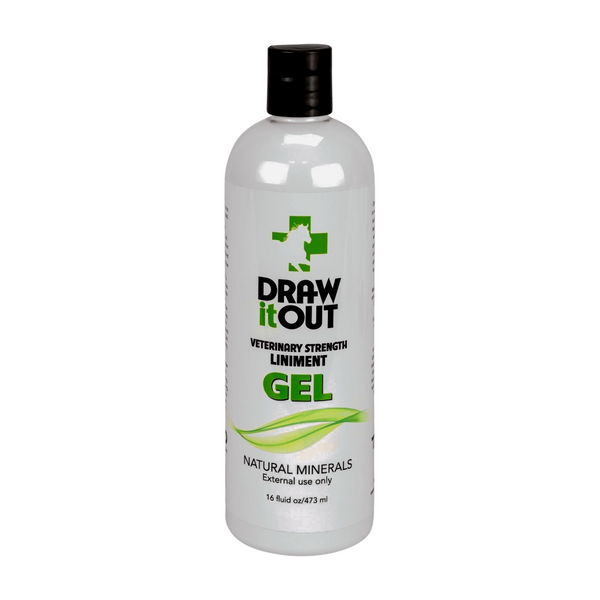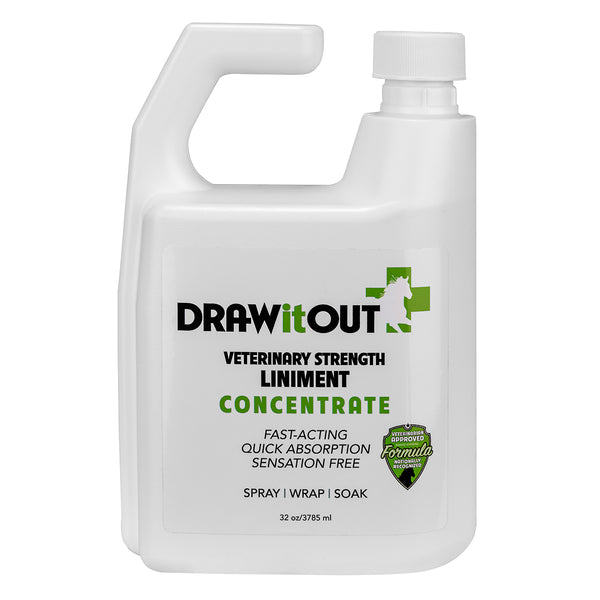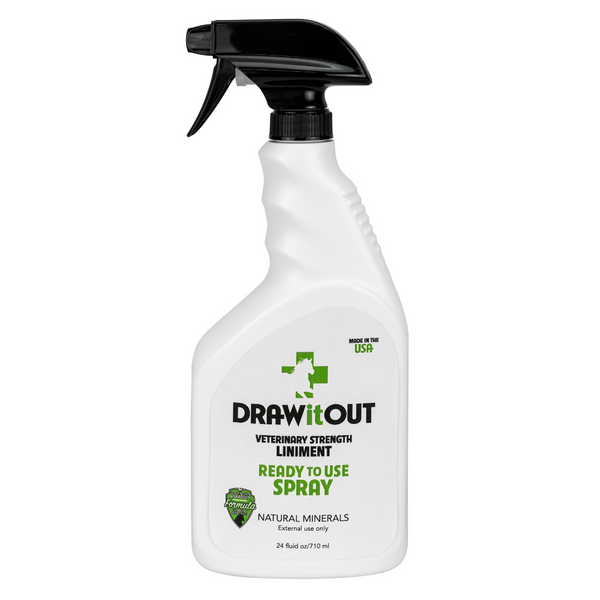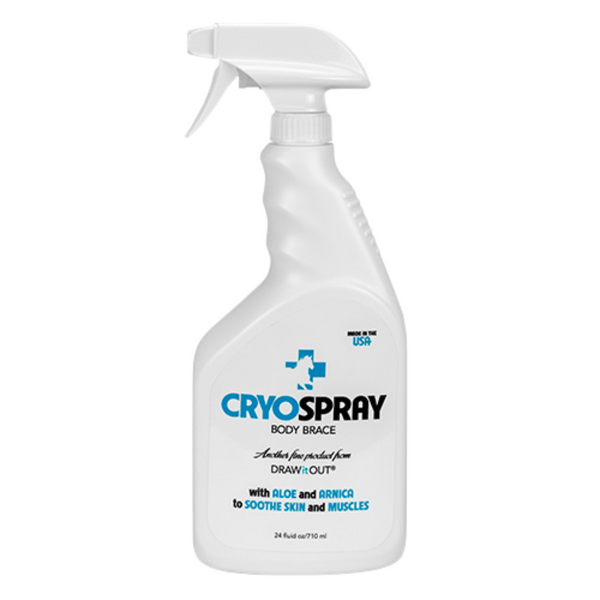 View Product
View Product
My horse had a huge hematoma I spent months trying to get it to heal. The vet ended up lancing it but it was still having issues draining due to swelling. I had done just about everything I could; poultice 12on/12off, cold hose twice a day, bute, and antibiotics. I felt like I couldn’t stay on top of it. ONE day of using this liniment the results showed immediately. The swelling decreased by 50% and he overall looked a lot more comfortable. A few days later it was healed up and scabbed over.




















